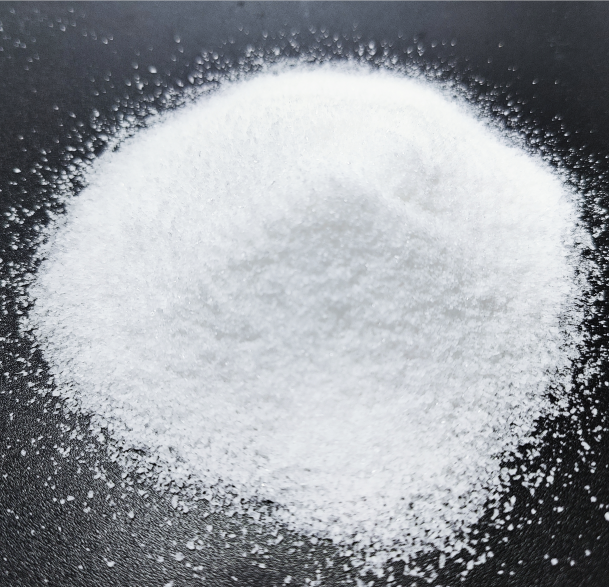
In Practical Applications: How to Choose Polyacrylamide (PAM)
Polyacrylamide (PAM) is a versatile polymer with widespread applications across various industries due to its unique properties. Selecting the appropriate PAM involves a careful evaluation of several factors tailored to specific needs. This guide provides a general template for making informed choices in different scenarios.

Polyacrylamide's adaptability makes it an invaluable tool in numerous fields, including water treatment, mining, and agriculture. Choosing the right PAM requires a detailed understanding of your specific requirements and considerations.
Begin by clearly identifying the intended application of polyacrylamide. Determine whether it will be used as a flocculant, thickener, or for another purpose based on your desired outcome. Understanding the function will guide you in selecting the most suitable type of PAM.
Evaluate the characteristics of the water source where PAM will be applied. Consider parameters such as pH level, turbidity, organic matter content, and the presence of heavy metals or other contaminants. These factors can significantly influence the effectiveness of PAM.
Determine the optimal dosage needed for effective performance based on laboratory tests or previous experience under similar conditions. Factors such as concentration levels and reaction time are crucial in ensuring that PAM performs as expected.
Assess the potential environmental consequences associated with using PAM, including its toxicity and biodegradability. Opt for products that minimize adverse effects on ecosystems while still delivering the desired results. This consideration is vital for sustainable practices.
Compare different types and grades of PAM, paying attention to attributes such as molecular weight, charge density, viscosity, and compatibility with other chemicals if necessary. These specifications can impact the performance and suitability of the PAM for your application.
Consider both the initial cost and the long-term benefits when selecting PAM products or suppliers. Ensure that the chosen product provides good value for money and fits within your budget while meeting performance requirements.
Seek advice from professionals who specialize in water treatment processes or relevant fields. Their expertise can provide valuable insights and help you make a well-informed decision based on your specific needs.
Implement regular testing procedures to monitor the efficiency and effectiveness of the selected PAM products over time. Ongoing evaluation allows for adjustments and optimizations to maintain optimal performance.
Choosing polyacrylamide involves evaluating various factors, including the intended use, water quality assessment, dosage requirements, environmental impact, product specifications, cost-effectiveness, expert consultation, and testing & monitoring. By considering these elements, you can make an informed decision and ensure the best results in your practical applications.